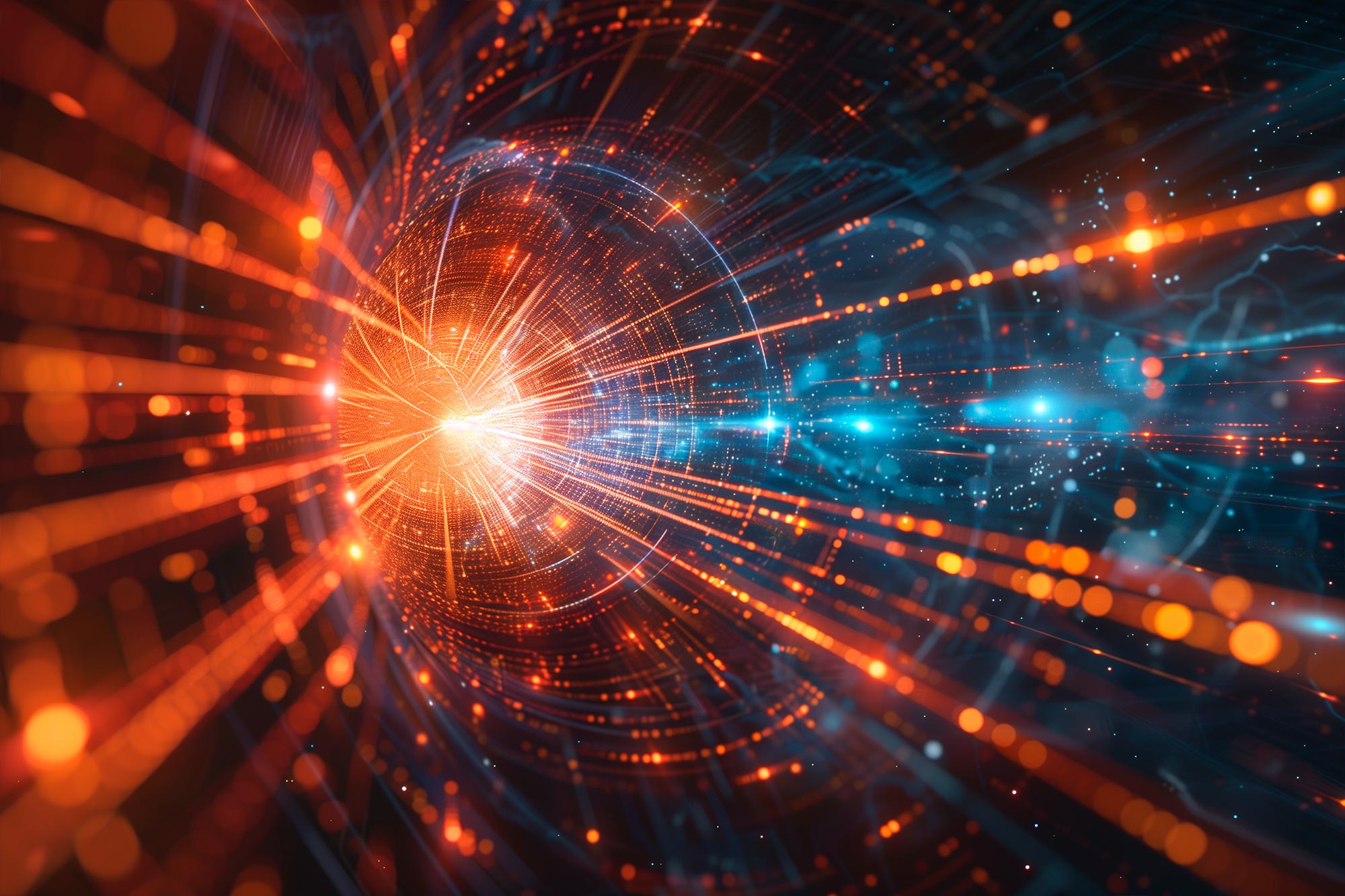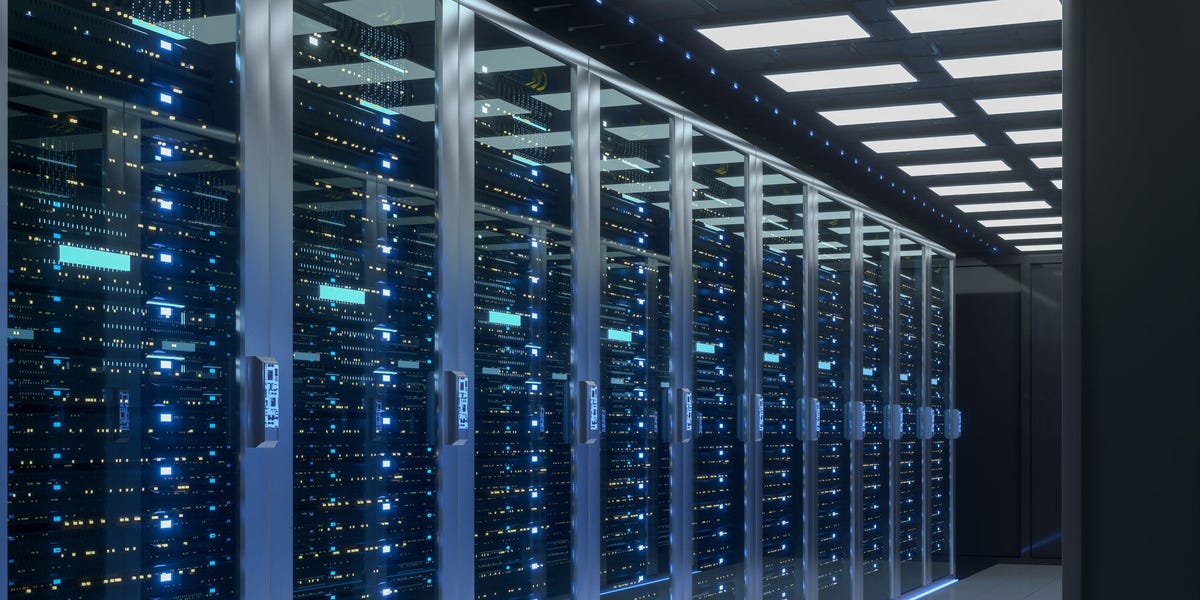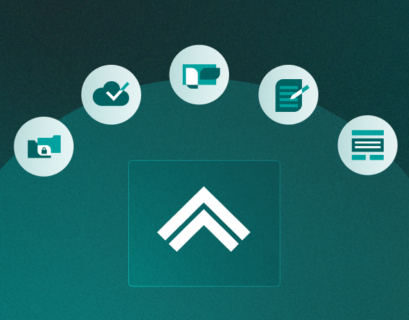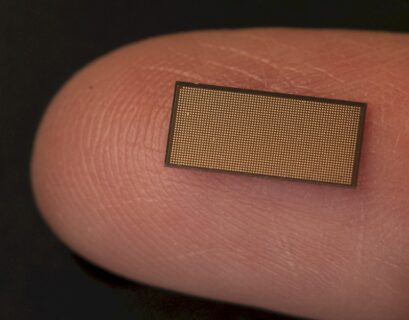AI is becoming increasingly essential in nuclear physics, providing innovative solutions for the intricate and data-intensive task of particle track reconstruction. Credit: SciTechDaily.com
Accelerators generate a multitude of secondary particles when particles collide, leading to cascades of these particles. The electronics responsible for processing the signals received from the detectors have only a fraction of a second to determine the significance of an event for subsequent analysis. In the foreseeable future, this challenging task could be performed using AI-based algorithms.
The field of electronics faces significant challenges in nuclear physics, particularly due to the overwhelming amount of data produced by the Large Hadron Collider (LHC), the world’s most powerful accelerator. Given the impossibility of recording all incoming data, the systems processing detector signals are specialized in a unique task – rapid track reconstruction of secondary particles and swift assessment of whether a detected collision warrants further analysis or can be disregarded. However, the existing methods of reconstructing particle tracks are soon expected to be inadequate.
Utilization of AI in Particle Tracking
Recent research published in the journal Computer Science by scientists at the Institute of Nuclear Physics of the Polish Academy of Sciences (IFJ PAN) in Cracow, Poland, proposes that artificial intelligence-based tools could offer a viable alternative to current techniques for the swift reconstruction of particle tracks. The debut of these tools is anticipated within the next two to three years, potentially within the framework of the MUonE experiment, which is aimed at exploring new physics.

The fundamental concept involves reconstructing the tracks of secondary particles based on recorded hits during collisions within the MUonE detector. The subsequent targets are depicted in gold, while the silicon detector layers are represented in blue. Credit: IFJ PAN
The Complex Nature of Particle Detection
In contemporary high-energy physics experiments, particles emanating from the collision point traverse successive detector layers, depositing energy incrementally in each layer. Essentially, if a detector comprises ten layers and a secondary particle traverses all layers, its trajectory must be reconstructed based on ten points. Despite its apparent simplicity, this task is inherently intricate.
Prof. Marcin Kucharczyk from IFJ PAN elucidates, “Detectors typically incorporate a magnetic field. Charged particles follow curved paths within this field, influencing the spatial distribution of detector elements activated by these particles, termed hits. The detector’s occupancy, i.e., the number of hits per detector element, can be substantial, posing challenges in accurately reconstructing particle tracks, especially those in close proximity.”
Experiments designed to unveil new physics will involve collisions at higher energies, resulting in the creation of more secondary particles per collision. The beam luminosity will also increase, leading to a higher collision rate. Under such conditions, traditional methods of reconstructing particle tracks may prove inadequate. Artificial intelligence, proficient in swiftly recognizing universal patterns, emerges as a potential solution.
AI as an Effective Solution
The artificial intelligence devised by the researchers is a deep neural network comprising an input layer with 20 neurons, four hidden layers with 1,000 neurons each, and an output layer with eight neurons. The network encompasses two million configuration parameters, calibrated during the learning phase,” explains Dr. Milosz Zdybal from IFJ PAN.
This deep neural network was trained using 40,000 simulated particle collisions, augmented with artificially introduced noise. During the testing phase, only hit data was fed into the network. Given that these hits were derived from simulations, the original particle trajectories were precisely known, enabling a comparison between the AI-generated reconstructions and the actual trajectories. Through this process, the artificial intelligence learned to accurately reconstruct particle tracks.
The research demonstrates that a properly trained deep neural network can reconstruct secondary particle tracks with comparable accuracy to traditional algorithms. While training the network is a time-consuming and computationally intensive endeavor, the trained network delivers instant responses with satisfactory precision. This promising development paves the way for the practical application of AI in real collision scenarios,” emphasizes Prof. Kucharczyk.
The MUonE Experiment and Prospects in Physics
The MUonE (MUon ON Electron elastic scattering) experiment is poised to address a notable discrepancy between observed values of a specific physical parameter related to muons and the predictions of the Standard Model. This model serves as the foundation for describing the realm of elementary particles. Recent measurements at the Fermilab in the U.S. reveal a significant deviation in the anomalous magnetic moment of muons from the Standard Model predictions, with a certainty exceeding 4.2 standard deviations (sigma). In physics, a significance level exceeding 5 sigma (equivalent to 99.99995% certainty) is typically required to declare a discovery.
Enhancing the precision of the Standard Model’s predictions could amplify the significance of the observed discrepancy, potentially unveiling new physics. The MUonE experiment aims to investigate muon-electron scattering, particularly on atoms with low atomic numbers like carbon or beryllium. These investigations will enable a more precise determination of certain physical parameters contingent on the hadronic correction. By refining the hadronic correction through this experiment, physicists anticipate bolstering the confidence in measuring the deviation between the theoretical and observed values of the muon’s anomalous magnetic moment to up to 7 sigma – potentially heralding the discovery of previously unknown physics.
Commencement of the MUonE Experiment at CERN
CERN, founded in 1954 and based in Geneva, Switzerland, is a prominent European research organization operating the Large Hadron Collider (LHC), the world’s largest particle physics laboratory. CERN’s primary objective is to explore the fundamental structure of the universe using advanced particle accelerators and detectors.
The MUonE experiment is slated to commence at CERN’s nuclear facility as early as next year, with the target phase scheduled for 2027. This timeframe aligns with the anticipated opportunity for Cracow physicists to evaluate the efficacy of the artificial intelligence they have developed in reconstructing particle tracks. Successful validation of its performance in real experimental conditions could herald a new era in particle detection methodologies.
Reference: “Machine Learning based Event Reconstruction for the MUonE Experiment” by Miłosz Zdybał, Marcin Kucharczyk, and Marcin Wolter, 10 March 2024, Computer Science. DOI: 10.7494/csci.2024.25.1.5690
The research conducted by the team of physicists from IFJ PAN was supported by a grant from the Polish National Science Centre.










